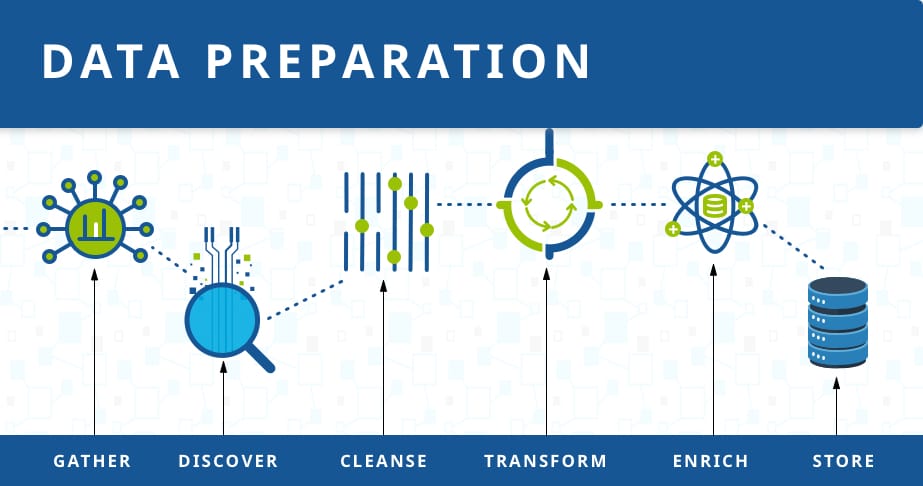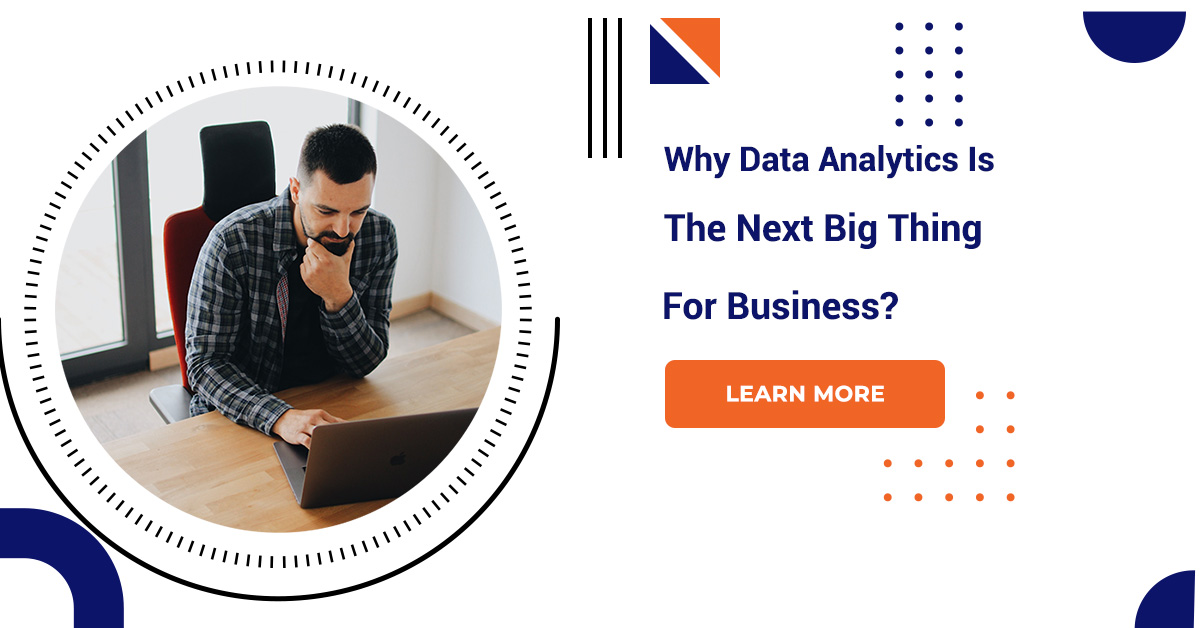Why Data Analytics Is The Next Big Thing For Business?
It’s a concept that’s been around for many years but early big data analysts used spreadsheets that were manually entered and then manually analyzed. You can imagine how long this process took. Advanced software systems significantly reduce the time required for analysis and enable companies.
Data analytics
Customer acquisition and retention

Exceptional organizations must have a unique approach to marketing their products. Using big data companies can pinpoint exactly what customers are looking for. New big data processes track consumer patterns. They then use these patterns to generate brand loyalty by collecting more data to identify more trends and ways to make customers happy.
Enables data-based services
Businesses no longer rely on customers coming to them to buy their products or services. As technology advances businesses are increasingly focusing on the customer experience and making it easier to purchase their products or services. This is achieved by using the collected data to develop procedures to better serve customers.
Transforms business operations
Data science can be used to create new products or services. Data science can also be used to optimize business operations such as staffing and supply chain cost management. It can also help identify opportunities to expand into high growth markets.
Customized marketing strategies
Traditional marketing strategies on the other hand rely heavily on guesswork. Businesses can use data science to make better decisions by analyzing customer preferences and purchase history and better understanding consumer buying behavior. This enables businesses to develop highly customized marketing strategies and make more informed marketing decisions.
Focused and targeted campaigns
Businesses can use big data to deliver products tailored to their target market. Big data helps companies perform sophisticated analysis of customer trends. This analysis typically includes monitoring online purchases and tracking transactions at the point of sale. These insights then enable companies to create successful targeted and targeted campaigns, enabling companies to meet and exceed customer expectations and build greater brand loyalty.
Identification of potential risks
Businesses thrive in high-risk environments but these environments require risk management processes and big data has been instrumental in developing new risk management solutions. Big data can improve the effectiveness of risk management models and create smarter strategies.
Innovative products
Big data continues to help companies update existing products while innovating new ones. By collecting large amounts of data companies are able to differentiate what suits their customer base.
Complex supplier networks
Through the application of big data suppliers are leveraging higher levels of contextual intelligence that is essential to their success. Supply chain executives now view data analytics as a disruptive technology as it changes the foundations of supply networks to include high level collaboration.
Putting big data to work
Most organizations collect data for ten years or more. It will need to be a firm that can model data to provide insights that help you solve your business problem. Data modeling isn’t easy or cheap so it’s important to have a budget and plan in place before taking this step.
Data preparation

Data preparation is an iterative agile process combining the cleaning and transformation of raw data into curated datasets for self-service data discovery integration for science and BI analytics. data scientist analysts and citizen data scientists use data preparation tools to perform the data preparation process. These tools offer access to data for use in physical and logical storage data modeling and data manipulation to implement data integration data visualization and data analysis.
Developing supplier networks
Data analytics and data visualization play a central role in finding better ways to achieve superior supply networks. this is possible by analyzing market conditions and comparing different data sets to identify potential gains and losses. By applying data analytics suppliers are leveraging significant levels of contextual intelligence that are vital to business success.
Conclusion
Benefits of data analytics and data visualization it’s clear that any business that doesn’t embrace this technology is on the wrong side of the road. Any business that invests in this disruptive technology will manage to overcome all the headwinds in the industry and succeed.








Leave A Comment
You must be logged in to post a comment.